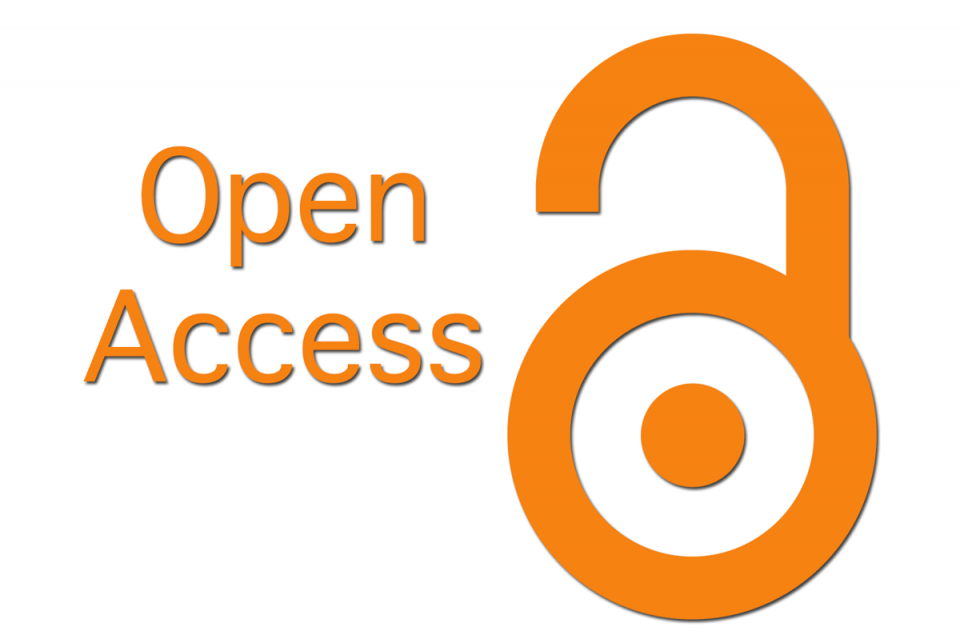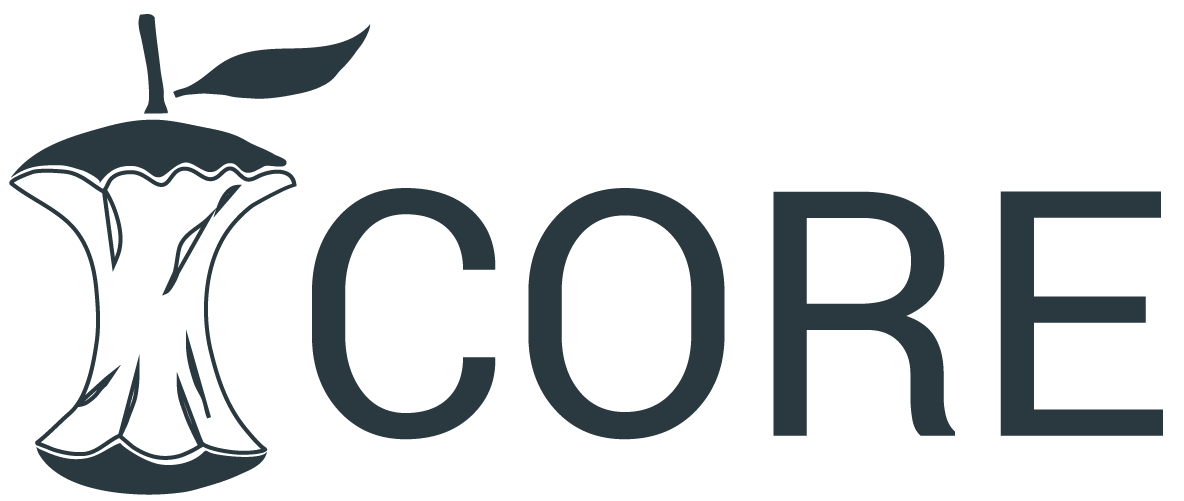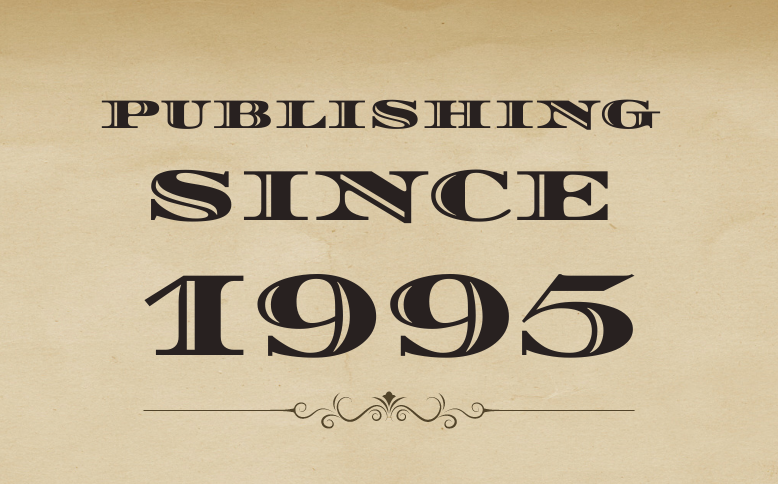Incidence and Patterns of Mandibular Fractures: A Retrospective Institutional Study
Keywords:
mandibular fractures, maxillary fractures, road traffic accident, etiology, facial trauma innovative techniqueAbstract
The aim of this study was to assess patterns of mandibular fractures and its relationship with etiology. This descriptive, cross-sectional study analyzed all patients aged above 8 years who had been clinically or radiographically diagnosed with mandibular fractures from June, 2019 to March, 2020. Patients with pathological fractures or blast injuries were excluded. Data were analyzed using IBM SPSS Statistics for Windows, Version 20.0 (IBM Corp., Armonk, NY) and results obtained. Among 46 patients involved in mandibular fractures 41 were men (89.1%) and 5 were women (10.9%), and the majority of trauma patients (34.8%) were aged 21-30 years. The most frequent cause of mandibular fracture was road traffic accidents (RTA) mostly due to drunken driving (RTAs; 59.4%), followed by falls (18.8%). In patients with unilateral fractures, the most frequent site was the angle (23.9%), followed by the parasymphysis (15.2%). In patients with bilateral fractures, the most common sites were the dentoalveolar area (13%). All these results were statistically significant. p<0.05. On comparing the association between type of mandibular fractures and the other associated fractures, the results were statistically not significant. p>0.05. More mandibular fractures were present in men than in women mostly among the young adults. The most common etiological factor for mandibular fractures was road traffic accidents due to drunken driving, followed by falls. The most frequently fractured site was the angle of mandible followed by parasymphysis. The incidence of RTAs and resultant fractures may be reduced by strict prohibition of drunken driving, mandatory wearing of helmets, maintaining speed limits, and obeying proper traffic rules.
Downloads
Downloads
Published
How to Cite
Issue
Section
License
You are free to:
- Share — copy and redistribute the material in any medium or format for any purpose, even commercially.
- Adapt — remix, transform, and build upon the material for any purpose, even commercially.
- The licensor cannot revoke these freedoms as long as you follow the license terms.
Under the following terms:
- Attribution — You must give appropriate credit , provide a link to the license, and indicate if changes were made . You may do so in any reasonable manner, but not in any way that suggests the licensor endorses you or your use.
- No additional restrictions — You may not apply legal terms or technological measures that legally restrict others from doing anything the license permits.
Notices:
You do not have to comply with the license for elements of the material in the public domain or where your use is permitted by an applicable exception or limitation .
No warranties are given. The license may not give you all of the permissions necessary for your intended use. For example, other rights such as publicity, privacy, or moral rights may limit how you use the material.









